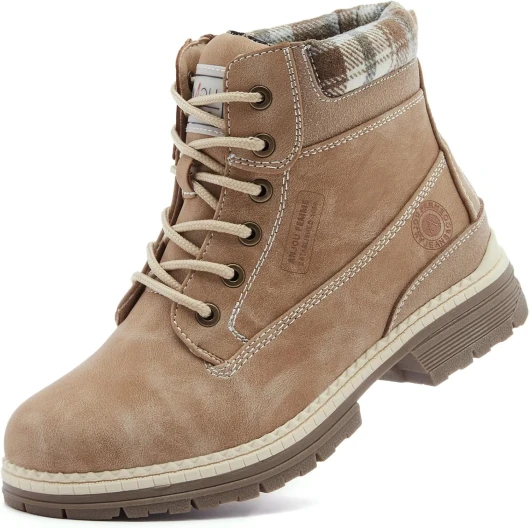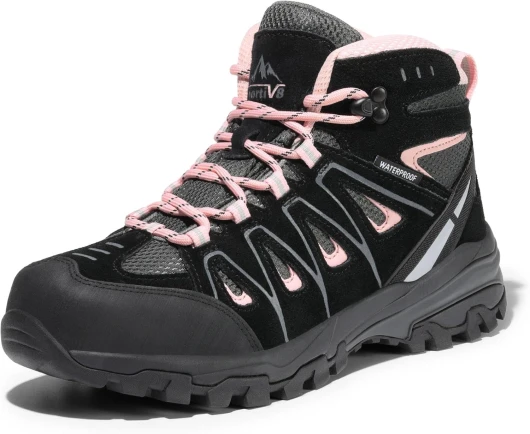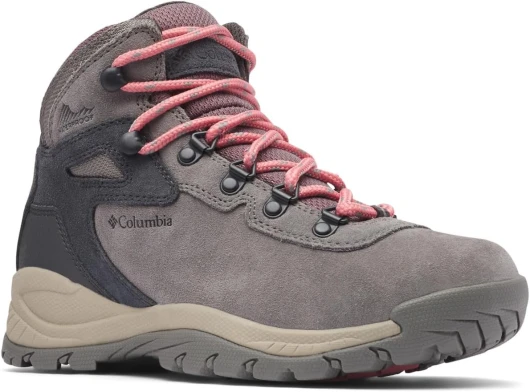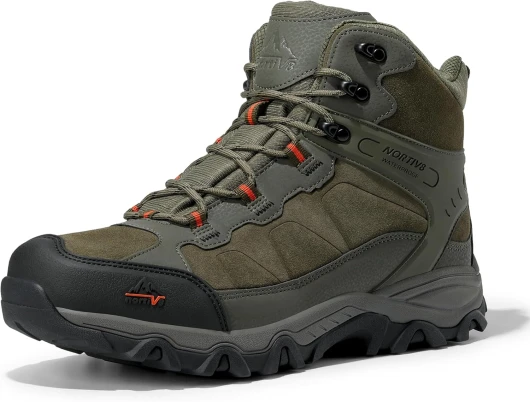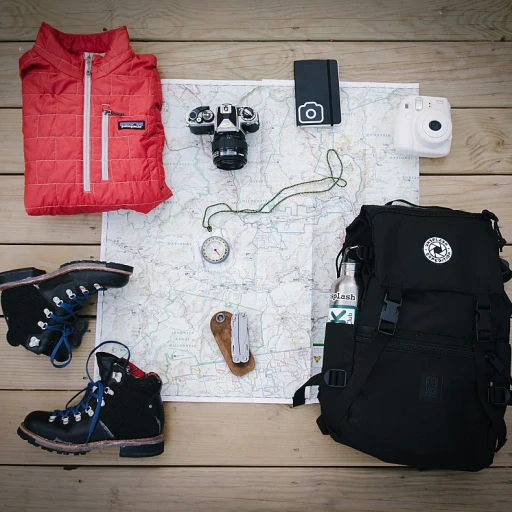
Understanding Hallux Rigidus and Its Impact on Hiking
Understanding the Challenges for Hikers
For hiking enthusiasts, even minor foot problems can become significant obstacles in the pursuit of adventure. One such affliction, hallux rigidus, presents unique challenges. It is a degenerative arthritis condition affecting the big toe joint, leading to stiffness and pain which can make hiking a demanding activity. When the condition progresses, the joint movement is further restricted, which increases pain and discomfort. Those who suffer from hallux rigidus often experience hardships in finding suitable footwear. The toe joint has reduced flexibility, causing challenges not only when hiking but also in daily movement. To address these, careful consideration of the type of shoes worn is essential. In hiking, the impact is particularly pronounced because of the varied terrain and prolonged activity. The pressure exerted on the toes while climbing or descending steep paths can exacerbate the pain in the mtp joint, leading hikers to seek specific treatment options and shoes that offer the best comfort and support. With this condition, finding the right pair of hiking boots is critical. It's not just about the price or brand, but the features that cater specifically to reducing toe pain and joint stiffness while providing overall comfort and support. Looking for certain qualities such as wide toe boxes and orthotic insoles can help in alleviating discomfort. Expert reviews often help identify the brands and models that excel in this regard. For those interested in broadening their gear knowledge, exploring the Topo Ultraventure 4 is an enlightening read in understanding what makes footwear appropriate for hikers dealing with hallux rigidus. Explore the Topo Ultraventure 4: A Hiker's Essential Gear.Key Features to Look for in Hiking Boots for Hallux Rigidus
Essential Features for Optimal Support
When searching for hiking boots that accommodate hallux rigidus, it's crucial to prioritize features that alleviate pain and provide ample support. Hallux rigidus, characterized by stiffness and pain in the big toe joint, often requires specific footwear adaptations to manage symptoms effectively.- Wide Toe Box: A wide toe box is essential for minimizing pressure on the big toe and preventing further discomfort. This feature allows room for movement, reducing pain in the toe joint and providing a more comfortable hiking experience.
- Forefoot Rocker: Look for boots with a forefoot rocker, which helps ease the roll of your foot while walking. This design supports the natural motion of the foot and reduces stress on the rigid big toe joint.
- Sturdy Arch Support: Adequate arch support is vital for maintaining foot alignment and distributing weight evenly. This feature can help alleviate foot pain and prevent heel pain during long hikes.
- Durable Heel Counter: A firm heel counter provides stability and supports the rearfoot, helping to reduce strain on the metatarsophalangeal (MTP) joint.
- Adjustable Lacing System: An adjustable lacing system allows for a customized fit, accommodating any swelling in the foot and providing greater comfort on diverse terrain.
Top Hiking Boot Brands for Hallux Rigidus
Exploring Top Brands for Hallux Rigidus Support
When searching for hiking boots that cater to the needs of those with hallux rigidus, several brands stand out as leaders. These brands are recognized for their commitment to providing specialized features that address foot pain and support the big toe joint.- Orthofeet: Known for designing footwear with comfort and support, Orthofeet boots often include orthotic insoles and a wide toe box to accommodate toe pain and hallux limitus. Their designs focus on reducing heel pain and providing a forefoot rocker to enhance movement.
- Hoka One One: While primarily known for running shoes, Hoka One One also offers hiking footwear that incorporates a thick, cushioned sole. This cushioning provides effective support for the foot and ankle, helping manage MTP joint stiffness.
- Merrell: As a staple in hiking footwear, Merrell prioritizes arch support and features that ease foot pain. They have hiking boots specifically designed for women, ensuring that different foot shapes receive the necessary comfort and stability.
- New Balance: Renowned for their quality and price range, New Balance incorporates ergonomic designs to cater to various foot conditions. Their attention to a spacious toe box and innovative heel support helps in mitigating toe joint discomfort.
Customizing Your Hiking Boots for Better Comfort
Enhance Your Hiking Experience with Simple Adjustments
For hikers dealing with hallux rigidus, customizing hiking boots can make a significant difference in comfort and performance. Anyone with foot pain can benefit by investing in adjustments that cater to the specific needs of hallux rigidus and foot comfort.- Orthotic Insoles: One of the best solutions to enhance footwear for hallux rigidus is to incorporate orthotic insoles. These insoles provide necessary arch support and alleviate pressure on the toe joint, reducing joint pain and enabling better movement. Look for insoles specifically designed for hallux or rigidus shoes as they can improve toe comfort significantly.
- Toe Box Modifications: Consider shoes that offer a wide toe box to accommodate the big toe more comfortably. This additional space can prevent irritation and provide essential pain relief during hikes. Alternatively, some hiking boots come with customizable toe boxes, allowing you to adjust them according to your toe's shape and size.
- Use of Forefoot Rocker: Some hiking boots integrate a forefoot rocker design, which assists in decreasing the load on the MTP joint during walking. This design works well for those who seek comfort and a smoother toe-off experience.
- Heel Adjustment: Adjusting the heel structure of your boots can relieve tension on your big toe joint. Ensuring that the heel offers both stability and slight elevation can help reduce heel pain and pressure on the toe area.
- Regular Reviews: Regularly review your hiking boots and ensure they meet your current foot and pain relief needs. Keep an eye on the wear and tear, as material breakdown can impact foot pain significantly.
Real-Life Experiences: Hikers with Hallux Rigidus
First-Hand Stories: Overcoming Challenges on the Trail
Hikers dealing with hallux rigidus know that hitting the trail can be an uphill battle, both literally and metaphorically. The right footwear can make a world of difference to those struggling with toe pain and the limitations imposed by this condition. Several hikers have shared their experiences, providing insight into what works for them and why.
One hiker recounted how the pain in their big toe joint initially kept them from enjoying their favorite trails. They emphasize the importance of finding shoes with a wide toe box and excellent arch support to accommodate their foot's needs. Swapping out the original insoles for specialized orthotic insoles offered additional pain relief, particularly when tackling longer hikes.
Another seasoned hiker highlights how integrating a forefoot rocker into their shoe choice significantly reduced the stress on their MTP joint. By seeking footwear with a built-in forefoot rocker, they noticed a decrease in both foot and heel pain, allowing them to cover more miles without discomfort.
Footwear brands like Orthofeet often come up in these discussions. Users praise their focus on comfort and specialized support, particularly for those coping with hallux rigidus pain. Investing in quality hiking boots may require considering the price, but these hikers often report the cost is worth the benefits in terms of comfort and capability on the trails.
For women navigating trails with hallux limitus or rigidus, finding gender-specific shoes that cater to narrower feet or specific ergonomic needs can also be beneficial. Reviews frequently mention the importance of a tailored fit alongside the broad toe box, which can drastically improve the hiking experience.
These shared experiences reflect the significance of customizing hiking boots to meet individual needs. Discovering the best shoe for your situation can mean the difference between succumbing to discomfort early and triumphantly reaching the summit.
Additional Foot Care Tips for Hikers with Hallux Rigidus
Boosting Comfort and Support for the Big Toe
If you're dealing with hallux rigidus, addressing toe pain is crucial for an enjoyable hiking experience. While wearing hiking boots designed for this condition is important, extra steps can offer additional comfort.Pain Relief Techniques for Happy Feet
- Choose Orthotic Insoles: Consider orthotic insoles tailored to support the big toe and alleviate toe joint pain. These insoles can offer enhanced arch support and stabilize the mtp joint, improving overall foot comfort.
- Opt for a Wide Toe Box: Select footwear with a wide toe box to prevent unwanted pressure on the big toe. This feature allows toes to spread naturally, reducing the strain on foot joints.
Consider Foot-Specific Treatments
Consistent care can make a big difference in managing discomfort:- Foot Exercises: Engage in exercises that strengthen the foot and ankle. Regularly stretching the hallux limitus area and toe joints can improve flexibility and reduce foot pain.
- Footwear Reviews and Research: Before purchasing, read footwear reviews focusing on rigidus shoes and running shoes to understand others' experiences and the best options available.
- Professional Guidance: If you find regular treatment isn't offering relief, consult a specialist about potential solutions to alleviate heel pain and other complications.

